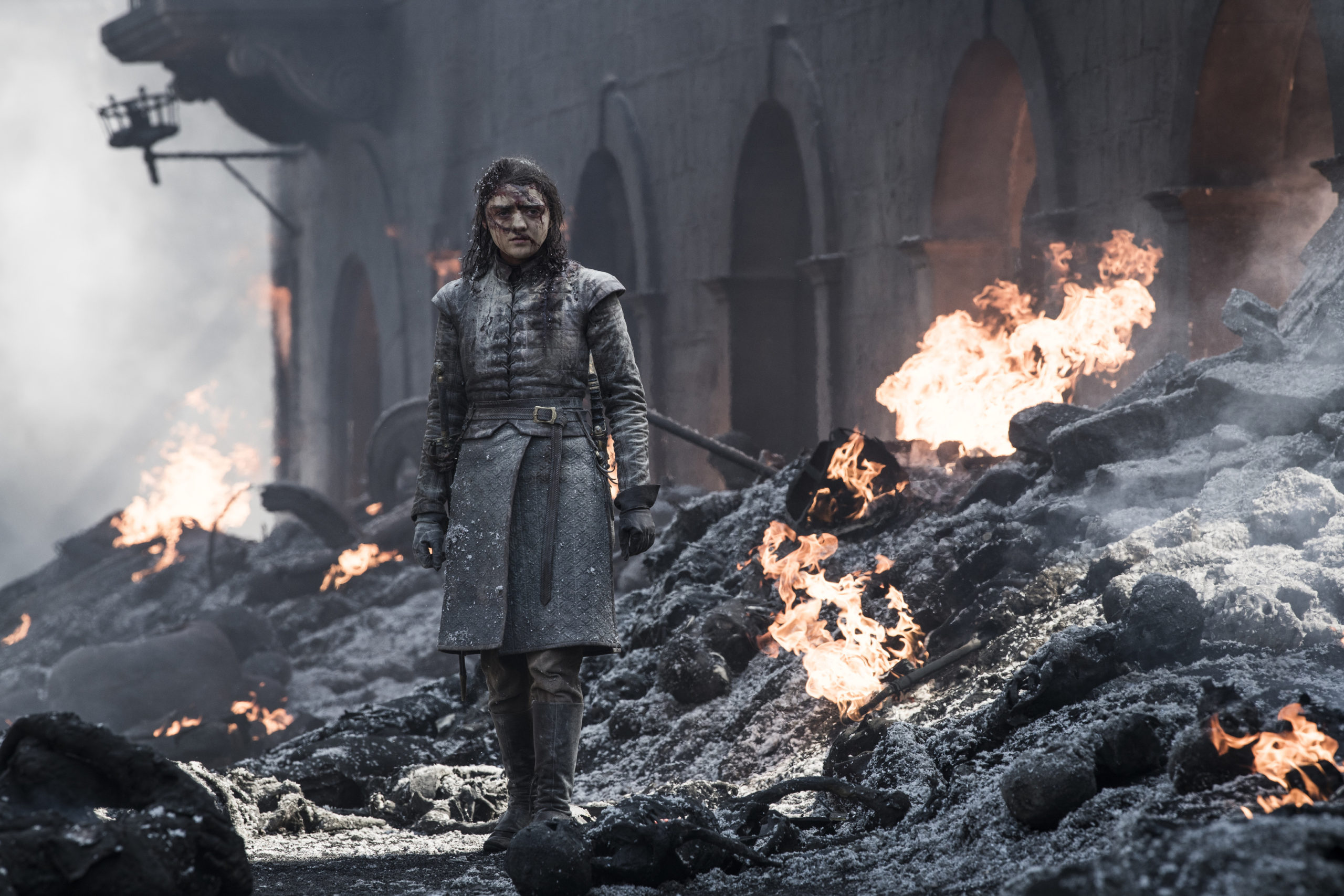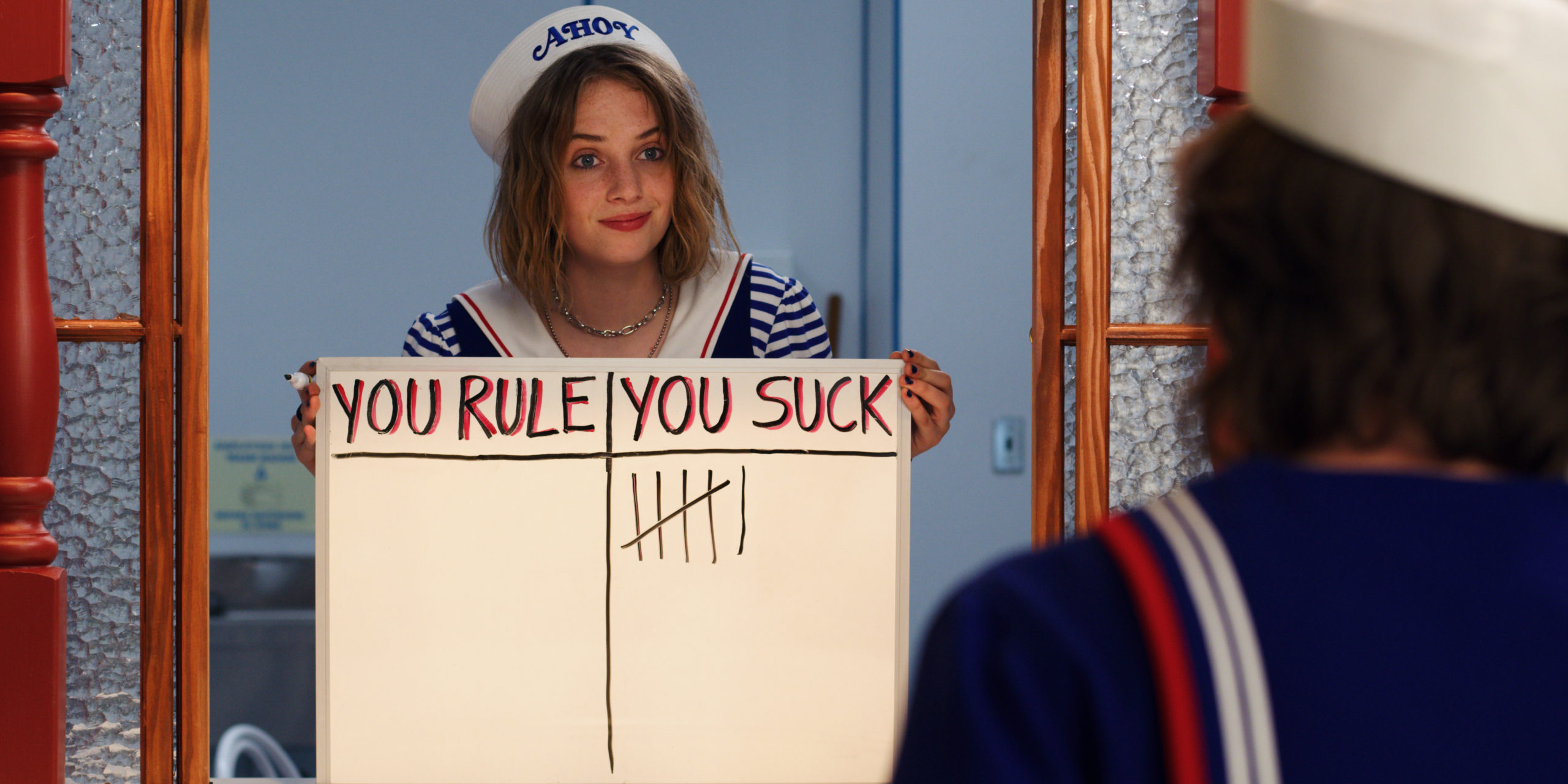
The Lens Look
Posted on May 21, 2021 by Phil Rhodes
Is it really possible for lenses to define certain moods or genres? We delve into their genetic makeups to find out
Words by Phil Rhodes
For people who sometimes seem most interested in chasing the technical ideals of resolution and sharpness, camera people often seem, in practice, to have a soft spot for the deliberately imperfect.
But discussing what that means for productions and their stories quickly becomes difficult, because opinion comes in many shades. Consider Cooke. The company needs almost no introduction; it’s rare for a business to have an entire look named after itself. Words like ‘gentle’ or ‘warm’ are often used, and they seem to agree, describing a “subtle, smooth rendering that provides dimensionality and high contrast”.
For that reason, the Cooke S4 is an understandable choice for the period drama Belle, photographed by Ben Smithard BSC, chronicling the life of a young woman in 1770s England. But it’s not quite that easy. The S4 series was also used by Enrique Chediak ASC on The Maze Runner, a dystopian science fiction depicting chases through an imposing concrete labyrinth, by cybernetically altered monsters.
It’s hard to imagine two more different looks than Game of Thrones and Altered Carbon, yet Cooke lenses captured both
That’s not the only example. It’s hard to imagine two more different looks than Game of Thrones, with its pseudo-historical fantasy ethos, and Altered Carbon, which resembles a Blade Runner sequel. Yet, Cooke lenses captured both. With this in mind, it’s little surprise to see the brand deployed on Westworld’s sci-fi and historical environments. The characteristics of a lens are clearly far from prescriptive – and neither is the technology.

With its Anamorphic /i line, offered in a modified variant called Special Flair, Cooke is not the only company to have deliberately modified lenses to form ‘character’. Sigma’s conventional FF High Speed Prime line began to appear in PL,
EF and E-mount in 2017. These full-frame, high-speed primes fulfilled a requirement for large format coverage before that need had fully matured. The minimalistic industrial design went down well – it’s also hard to dislike the speed: T2 in even a 2:1-ratio zoom is rare, especially for the money.
The conventional Sigma primes are fairly conservative, leaning towards centre sharpness and low chromatic aberration. Claudio Miranda ASC famously chose them for parts of Top Gun: Maverick – yet to be seen by most of the world. Conversely, that neutrality is enthusiastically abandoned in the Classic line, which emerged in early 2020 with fewer coatings to provoke extra flare.
–
AND ZOOMS
Cinema zooms emerged in the fifties with the Pan Cinor. They’ve spent most of the last 70 years being maligned for an undesirable kind of softness. The extra parts required to alter focal length, without changing focus distance, inevitably cost us something in terms of speed, size, weight and price, even if modern designs avoid sacrificing too much.
No single company has been entirely responsible for improvement in zooms, though Fujifilm’s offering is common, even on productions headlining a well-known set of primes. Often – very often, actually – quiet conversations at the back of camera trucks reveal the extent that some productions are shot on Fujinon zooms. With Fujinon now offering the Premista range, covering larger formats, and the high-speed Premier lenses to complement the compact, yet slower Cabrio series, the only objection is that quality zooms are so good, they may demand filtering for personality.
–
Given the decline in global production coinciding with their release, perhaps the best example of Classic lenses in action is the short, Operator, photographed by Timur Civan. The flares turn point sources into rings, and soft lights into veiling that picks up the colour of the light source. In accompanying interviews, Civan describes how the veiling caused by heavy backlight makes a noticeable difference to effective exposure. Aware of the need to depart from the original design’s neutrality, Sigma has engineered something bold and expressive.
Another company operating successfully in stills and motion, Leica’s earliest association with motion-picture technology began in 1913, when the company produced possibly the first compact stills camera using 35mm film – at the time, intended for work with moving images. This established the 24x36mm stills frame we continue to use. Lately, its Summilux and Summicron ranges – each projecting an image circle that generously covers Super 35 cameras – have found success in cine formats, too.

Again, it’s hard to pin any particular lens to a certain style of production. The Summilux-C range is generally faster, but not quite as sharp. They’ve been deployed on TV series, including Stranger Things (with a big team of DPs) set in the early eighties, and Mindhunter, credited to Christopher Probst ASC and Erik Messerschmidt ASC, which is set in the late seventies. On that basis, we might be forgiven for assuming the lenses evoke a slightly period look, though modern-day action thriller Gemini Man, with cinematography by Dion Beebe ACS ASC, also involved Summilux-C – as did Avengers: Infinity War, the work of Trent Opaloch.
The Summicron lenses are generally slower, but sharper. Even so, they were used in tandem with Panavision’s deliberately historical PVintage lenses on The Magicians – and again on Thirteen Reasons Why, using the 1.3:1 anamorphic Hawk V-Lite Vintage’74 lenses. If there were more consistency in the world, we might expect to see faster, softer lenses matched with anamorphics – the opposite to what we see here. Still, on any production crediting several types of glass, it can be difficult to determine what was used where and why. Any number of special circumstances may have arisen during time on set.
Certain companies build lenses to order; while many service centres offering rehousing have a custom shop, where wealthy individuals might pursue new designs. Yet, it’s not commonplace. Some businesses require a down payment in the high four figures even to begin work. It’s an option at Duclos, as well as True Lens Services.

Another provider is IB/E, based in Freyung, Germany. The company is famous for filters and other lens-adjacent gear. Notably, it was involved in Angénieux’s Optimo Prime series. IB/E also has a set of macro-capable primes called Raptor, available in focal lengths from 60 to 180mm. With true, cinema-oriented macro lenses rare in the first place, it’s somewhat surprising that the Raptors also cover full-frame in their native configuration.
IB/E is also known for manufacturing converters. It’s produced two devices, providing 0.7x or 2x optical conversions to either double, or reduce, the effective focal length of the four Raptors, consequently changing exposure and coverage. The resulting combinations are hugely flexible, although it’s not quite clear if macro – with its typically very shallow depth-of-field – and full-frame can be combined without risking the focus puller’s sanity. Still, anyone shooting a high-end watch, jewellery commercial, or even wine poured on a motion-control robot will find something
to like here.
–
THE RAGGED EDGE
Optical engineers who sweated bullets to reduce spherical aberration might be a little chagrined to find that filter manufacturers have put similar efforts into the exact opposite. Designs such as Vantage’s squeeze dioptres are, as the name suggests, a dioptre, but with the centre area ground and polished to optical flatness – that means the change in focus exists only at the edges of frame. The complete set includes nine lenses, with up to +3 dioptre and three sizes of clear centre area.
For even more dramatic effects, consider the Clairmont Squishy Lens. The glass performs in exactly the way it sounds. It can be varied on-shot using a joystick to alter the degree of, well, squish. Plenty of effects are available, from almost nothing, to a completely defocused frame. It’s not subtle, as the Vantage dioptres can be, but it certainly is flexible.
–
As useful as macro is, perhaps IB/E’s magnum opus is the Blackwing7 lens series, custom-built for Tribe7. Founded by Bradford Young ASC and lens specialist Neil Fanthom, Tribe7 clearly wanted to create something with options. The lenses are, according to the company, “based on designs from the early twentieth century”, coming in three variations. These are called straight, transitional and extreme – each denoting a different level of specialness.
The Blackwing7 series has even seen action in a Caravaggio-inspired sequence for Dior
Demonstration footage shows pronounced rings and sunspots, featuring deep blue and pale amber. These might suit anything, from action movies to car commercials. The Blackwing7 series has even seen action in a Caravaggio-inspired sequence for Dior’s 2021 collection, photographed by Benoît Delhomme AFC. It’s also been used on a short for Thom Yorke’s album, Anima, photographed by Darius Khondji AFC ASC on the Alexa 65.
In the end, it becomes clear why high-end lenses are invariably rented. Various companies offer lenses with interchangeable elements, allowing variability in the look a set can achieve – but it’s hard to imagine any one set of these big-ticket items proving ideal for every job.
With so many layers of opinion involved, so few fixed points of creative reference and infinite arguments, it makes sense to have a few options ready in the back pocket.
This feature first appeared in the May 2021 issue of Definition magazine.







